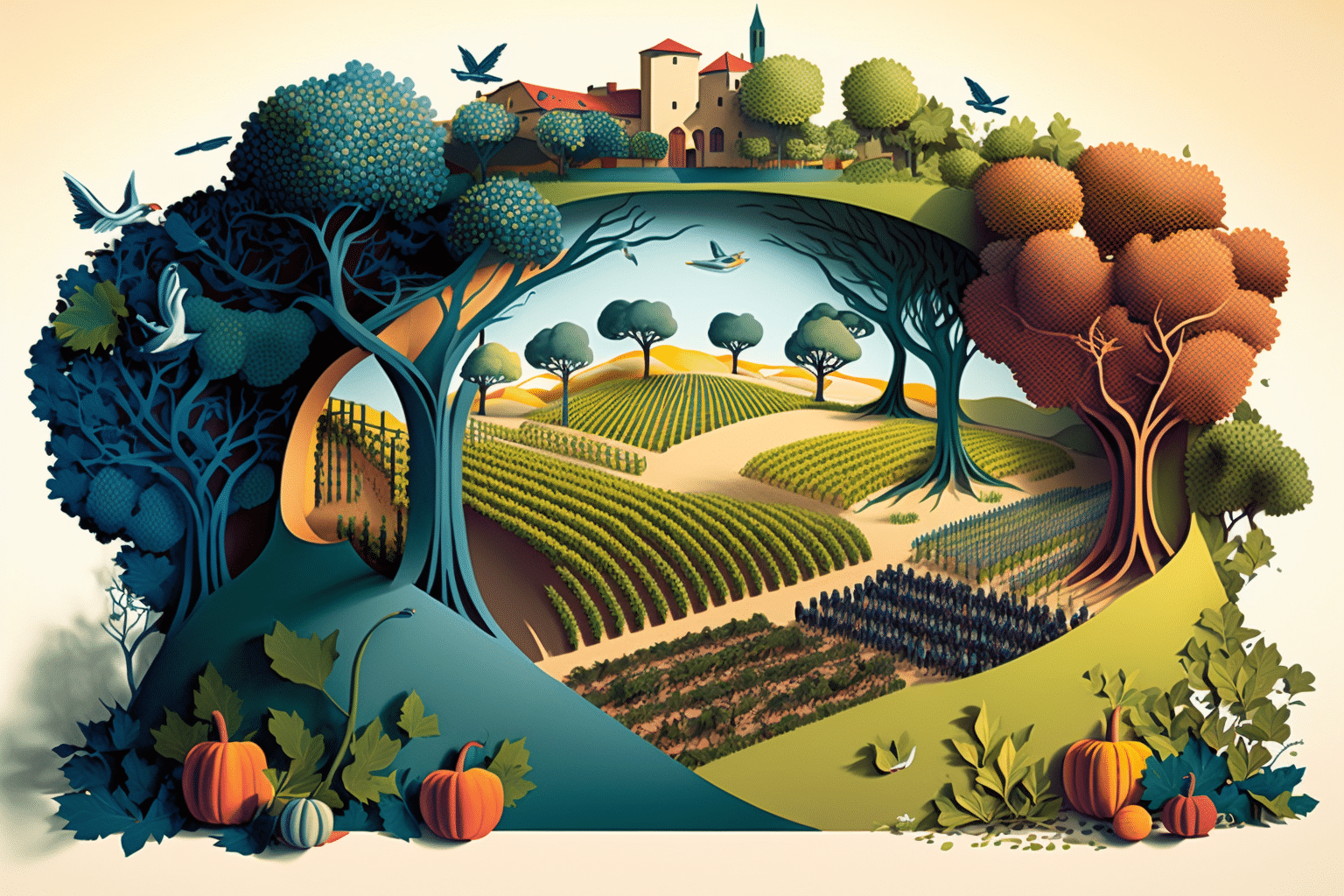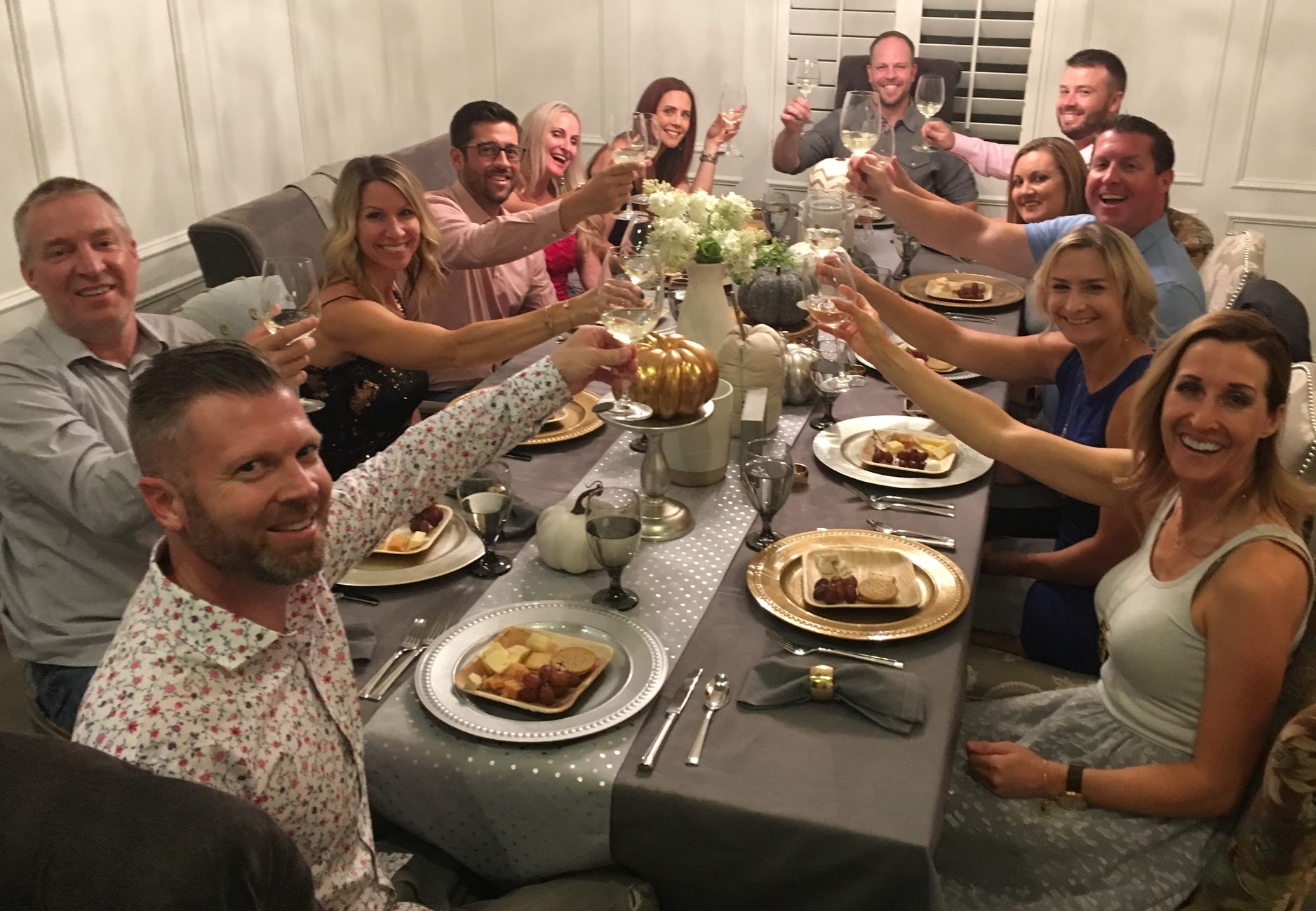Vineyard Tours With Guided Tastings In Sonoma - Vineyards In The Sonoma Region
Vineyard Tours With Guided Tastings In Sonoma - Vineyards In The Sonoma Region
Blog Article
Intimate Wine Tasting Experiences In Sonoma - Wine Tasting And Vineyard Tours In Sonoma
Wine tasting is an art that mixes sensory experience with an appreciation for the nuances of different varietals. How to gauge flavors in winery wine tasting classes is pivotal to greedy the complexities of wine.
Participating in a wine tasting involves more than merely sipping and savoring. It requires a focused approach to determine aromas and flavors that each wine presents. As you start, observe the wine's appearance, noting its shade and clarity. These visual cues typically suggest a wine’s age, grape variety, and even potential flavor profiles.
The next step in the tasting process is to swirl the wine in your glass. This action releases aromatic compounds which are vital for analysis. Lean in and take a moment to inhale deeply; the aromas can vary from floral and fruity to spicy and earthy. The nostril of the wine is simply as essential because the palate, and recognizing scents plays a significant position in understanding the overall experience.
When taking your first sip, allow the wine to move throughout your palate - Wineries Offering Off The Beaten Path Experiences. Notice the preliminary flavors that current themselves. Is the wine fruity, floral, or perhaps herbaceous? This initial style gives perception into what the wine is prone to categorical as you continue to evaluate it. The mouthfeel also contributes to the overall flavor experience; it might be silky, tannic, and even effervescent.
Upcoming Wine Festivals In Sonoma County - Sonoma Wine Country Wineries To Explore
As you continue tasting, take note of the wine’s steadiness. A well-balanced wine will harmonize acidity, sweetness, and tannins. If one component overwhelms the others, it might indicate a much less fascinating high quality. Evaluating balance might help you establish how well the wine may pair with food.
Transitioning to the end, contemplate how the flavors evolve as the wine lingers on your palate. A lengthy, pleasant end can indicate a high-quality wine, while a brief or abrupt finish would possibly recommend in any other case. Reflect on whether or not the flavors stay consistent or if new notes emerge because the wine settles. This development can reveal complexities and intricacies which may not have been apparent in the preliminary tasting.
Temperature can be a vital consider evaluating wine flavors. Different kinds of wine are optimally enjoyed at specific temperatures. White wines often shine when chilled, whereas purple wines generally carry out greatest at room temperature. When tasting, make certain the wine is on the acceptable temperature to fully respect its character.
Wineries With Unique Wine Blends - Wineries With Stunning Views In Sonoma
Pairing food with wine can tremendously improve the tasting experience. Meals can influence the perception of flavors in wine, both highlighting sure traits or diminishing them. When evaluating flavors, think about how the wine interacts with different meals, noticing which flavors are amplified or muted (Wineries Offering Private Events).

Consider the affect of terroir as you engage in a winery tasting. Terroir encompasses the unique environmental factors that have an result on grape growing, together with soil composition, climate, and geography. Understanding a wine's terroir can present insight into its flavors and aromas, fostering a deeper appreciation for the alternatives made during its cultivation and manufacturing.
Training plays a basic role in enhancing one's capability to judge wine flavors. Learning about grape varieties, wine regions, and manufacturing strategies can pave the greatest way for extra knowledgeable judgments during tastings. Additionally, attending workshops or classes can refine sensory skills and increase your flavor vocabulary, enabling you to articulate tasting notes extra successfully.
Finally, it is essential to keep in mind that evaluating wine flavors is a extremely personal experience. Individual preferences and perceptions will invariably shape one’s tasting journey. Enjoyment must be on the forefront, with the evaluation course of acting as a software to boost understanding and appreciation somewhat than create rigid pointers.
Wineries With A Focus On Syrah - Tasting Fine Wines In Sonoma County
In conclusion, mastering how to evaluate flavors in winery wine tasting periods involves a combination of sensory engagement, knowledge, and practice. By learning to determine aromas, assess the steadiness, and respect the intricacies of flavor, wine enthusiasts can deepen their connection to each bottle they encounter. As with any art type, the more one immerses themselves in the experience, the more they will discover and enjoy the vast world of wine.
- Start by observing the wine's color and readability, as these visible elements can hint at its flavor profile and getting older potential.
- Swirl the wine gently in your glass; this releases fragrant compounds, permitting you to higher establish the complicated scents associated with the wine.
- Take a deep inhale before tasting, focusing on both primary and secondary aromas to collect insights on fruits, spices, and other nuances.
- When tasting, allow the wine to coat your palate; note the initial flavors, the mid-palate complexity, and the finish as these stages can provide totally different flavor highlights.
- Pay consideration to texture and mouthfeel, as elements such as tannin levels, acidity, and sweetness contribute significantly to the general tasting experience.
- Examine flavors against standard wine traits; for pink wines, contemplate berry notes, oak affect, and natural tones, whereas whites might embrace citrus, stone fruits, and floral hints.
- Take notes through the tasting session to track your impressions, helping you to remember and evaluate the different wines sampled.
- Talk About your findings with fellow tasters or winery staff, as sharing insights can enhance understanding and appreciation of particular person flavors.
- Allow time for the wine to breathe; typically, flavors evolve and reveal new dimensions after being uncovered to air.
- Experiment with food pairings through the tasting as they can dramatically alter how flavors are perceived, influencing general enjoyment.undefinedWhat ought to I search for when evaluating the aroma of wine during a tasting?
Start by swirling the wine in your glass to release its aromas. Bring the glass to your nose and take a deep breath. Pay consideration to the primary scents you detect, as these are sometimes essentially the most distinguished. Look for fruit, floral, herbal, or earthy notes and try to identify specific characteristics, which can deepen your understanding of the wine's complexity.
Wineries With A Focus On Syrah - Sonoma's Premier Wine Tasting Events

How can I distinguish between completely different flavor profiles in wine?
Understand that flavor profiles are sometimes categorized as fruit, floral, herbaceous, spicy, or mineral. Take small sips and allow the wine to coat your palate. Discover the first flavors that emerge first and the subtle notes that follow. This layering is important in distinguishing the wine's characteristics and can help you respect its unique profile.
Wineries Promoting Wine Club Memberships - Luxury Wine Tasting In Sonoma County
What is the importance of the wine's texture in a tasting?

The texture of the wine, also known as mouthfeel, performs a crucial position in how we understand flavors. Pay attention as to whether the wine feels smooth, creamy, or gritty. The body of the wine (light, medium, or full) can improve or distinction with flavors, providing a more rounded experience during tasting.
How do I assess the balance of flavors in wine?
Stability in wine refers to the concord between acidity, sweetness, tannin, and alcohol. Take a moment to evaluate whether or not these components complement or intrude with one another. A well-balanced wine may have none of its elements overpowering more information the others, creating a pleasing tasting experience.
Wineries That Offer Food Trucks On Weekends - Sonoma Vineyards To Explore
What role does temperature play in evaluating wine flavors?
Temperature can considerably influence the notion of flavors. Generally, purple wines are greatest served slightly beneath room temperature, whereas white wines benefit from being chilled. As the temperature modifications, the aromas and flavors can shift, permitting you to understand different characteristics. It’s important to style wine at its optimal temperature for true evaluation.
Wineries Showcasing Local Art And Crafts - Sonoma Vineyards For A Perfect Day Out
How can I enhance my tasting skills over time?
Practice is vital to improving your tasting skills. Interactive Wine Tasting Experiences In Sonoma. Attend tastings, maintain a journal of your experiences, and discover various kinds of wines to broaden your palate. Moreover, studying about wine manufacturing and grape varieties can present context that enhances your evaluation course of, making you a more knowledgeable taster.
Is there a selected order by which I ought to taste the wines?
Wineries Promoting Sustainable Farming - Discovering Sebastopol's Wineries
Yes, it’s advisable to taste wines from light to full-bodied and dry to candy. This development prevents the stronger flavors from overshadowing the more delicate ones, permitting you to totally recognize every wine's traits and nuances with out palate fatigue.
How can I consider the aftertaste of wine?
Wineries Known For Their Beautiful Gardens - Vineyards In The Sonoma Region
The aftertaste, or finish, is a crucial side of the wine-tasting experience. After swallowing, take note of how long the flavors linger on your palate and whether they change. A lengthy, nice finish is often an indicator of a high-quality wine, while a short or unpleasant finish may counsel in any other case.
Why is it essential to note the wine’s acidity during tasting?
Acidity contributes to the general freshness and construction of the wine. Pay attention to the tingling sensation on your tongue; larger acidity can enhance the wine's liveliness and stability out sweetness. Noting acidity helps decide navigate to this site the wine's versatility with food and its growing older potential.
What should I do if I struggle to identify specific flavors in wine?
Upcoming Wine Festivals In Sonoma County - Sonoma County's Best Wine Experiences
Struggling to identify flavors is frequent, particularly for novices. Focus on broader classes and describe what you'll have the ability to acknowledge, corresponding to candy or earthy notes. With practice, studying about totally different flavor profiles, and perhaps using flavor wheels, you'll refine your senses and develop a more nuanced approach to tasting. Report this page